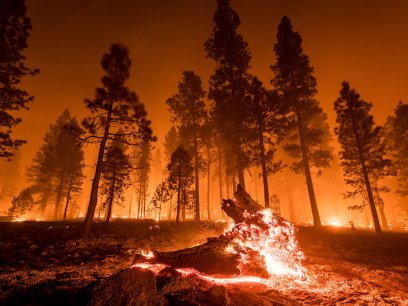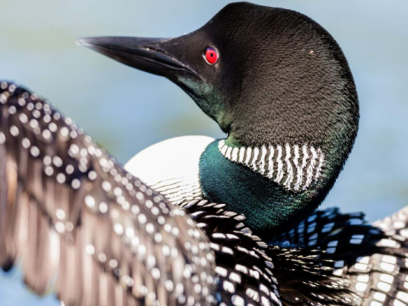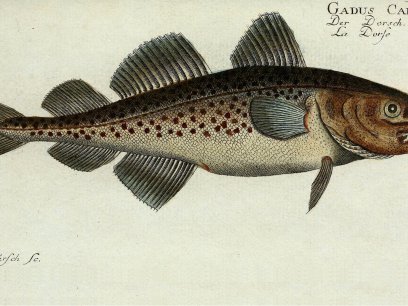
The National Park Service was established over 100 years ago to preserve the scenic natural wonders of the United States and leave them unimpaired for the enjoyment of future generations. To ensure their longevity, it is important to understand how they will be impacted by rising temperatures, more extreme weather patterns, and rising sea levels.
As we celebrate the rich legacy of our national parks, it's crucial to recognize the new challenges these protected lands face. Understanding the specific threats posed by climate change is the first step in safeguarding these natural wonders for future generations.
The Threats Facing America's National Parks
National parks, treasured for their natural beauty and biodiversity, are increasingly vulnerable to the impacts of climate change. Rising temperatures and shifting weather patterns are disrupting river systems, leading to altered stream flows that affect water availability for plants and wildlife. These changes are not just seasonal; they represent a fundamental shift in ecosystems that have thrived for centuries.
As the climate warms, earlier blooms and warmer winters are disrupting the natural rhythms that national parks depend on. These changes not only affect the beauty and accessibility of these parks, but also the survival of the plants and animals that call them home. Native species are increasingly pushed to their limits as they struggle to adapt to these rapid changes.
Additionally, the increasing prevalence of pests like mosquitoes and ticks coupled with more frequent and severe changes in the water cycle is further stressing these ecosystems. The once-stable environments that supported diverse wildlife and offered stunning landscapes are now at significant risk, making the protection of our national parks more crucial than ever.
With our national parks facing increasing threats from climate change, it's more important than ever to take action. By contributing to the preservation of these natural treasures, you can help ensure their beauty and biodiversity are protected for generations to come.
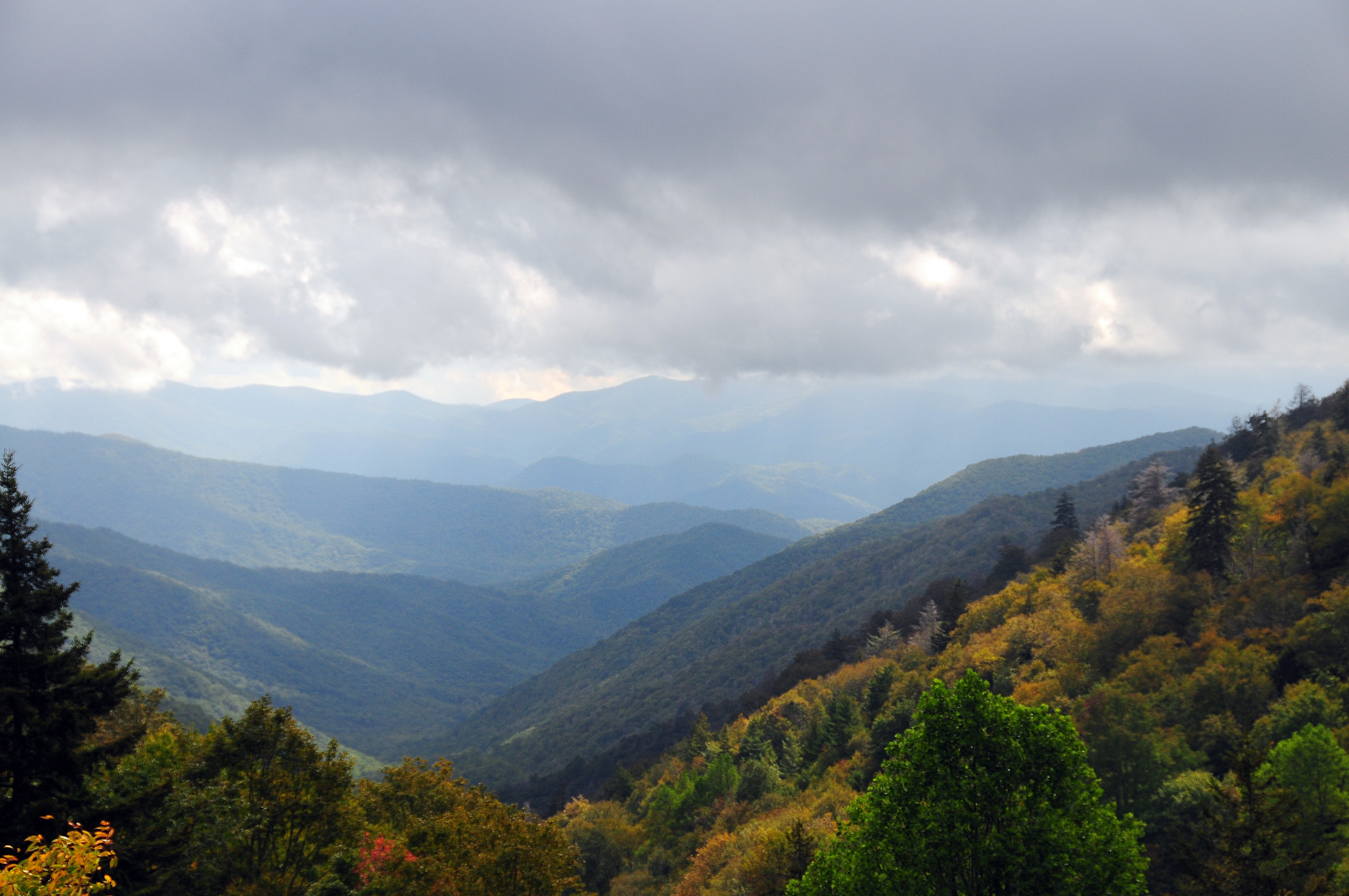
Great Smoky Mountains National Park, Tennessee and North Carolina
As the most-visited national park in the country, Great Smoky Mountains draws millions of tourists every year. However, the park's ecosystems are increasingly threatened by climate change, leading to earlier spring seasons and alterations in stream temperature and flow.
Flowering times for various species are now occurring earlier in the year, driven by warmer winter conditions, and these trends are expected to continue. This shift not only disrupts pollination cycles, but also increases plant vulnerability to disease and insects.
Changes in stream temperature and flow can negatively affect the survival of some species. For instance, brook trout that are native to cooler, high-elevation streams are facing competition from non-native fish species moving upstream due to warmer temperatures. As water temperatures rise and competition with other species increases, the trout may have few places left to reproduce.
Invasive species from warmer or dryer climates are also becoming a significant issue in the Smokies. As the park's climate shifts, species that couldn't have survived here in the 1950s are now establishing themselves. The green treefrog and the nine-banded armadillo, which likely arrived by hitching a ride on vehicles or equipment, are now settling in and making themselves at home.
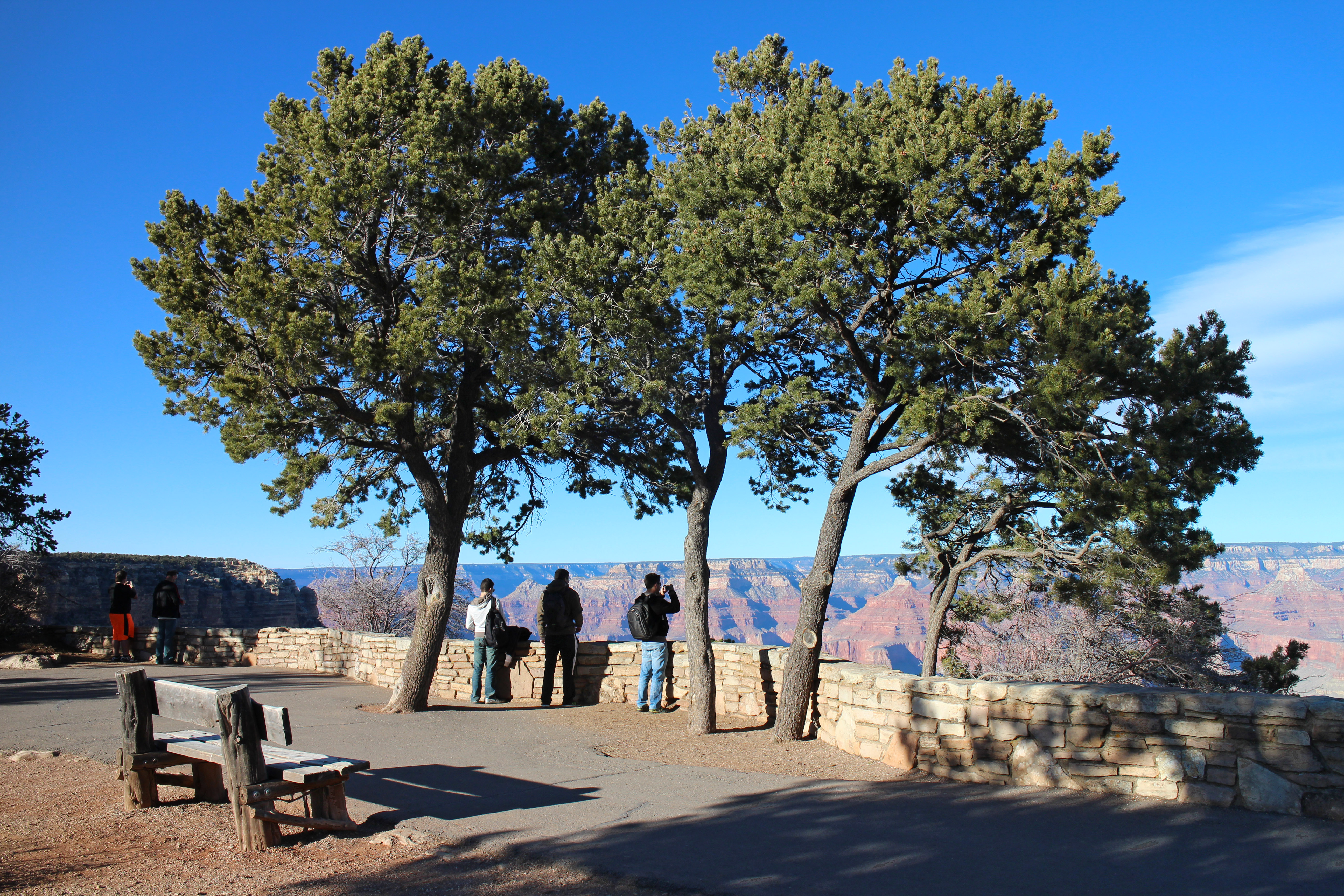
Grand Canyon National Park, Arizona
The Grand Canyon is known for its colorful stone monuments and unique habitat. The wildlife and vegetation found at the Grand Canyon are being threatened by changing precipitation and temperature patterns.
As these patterns shift, so will the vegetation and wildlife that depend upon certain habitats. For example, the Pinyon-Juniper Woodland ecosystem of the Grand Canyon is named for the pinyon pine and juniper trees that coexist there. As precipitation and temperature patterns change, scientists expect that the pinyon pine will migrate toward southern areas while the juniper will shift further to the southeast, separating the two species and disrupting others in the ecosystem.
In an area that is already known for warm weather, rising temperatures will also directly affect visitors by increasing the likelihood of heat-related illnesses and wildland fires.
Wildfires, which are becoming more frequent due to rising temperatures, can significantly impact air quality in the Grand Canyon. The smoke generated by wildfires releases fine particulate matter into the air, which can exacerbate respiratory conditions like asthma and decrease overall air quality. Visitors and residents may experience worsened symptoms during periods of high wildfire activity, making it important to monitor air quality levels, especially if you have pre-existing health conditions.
Pollutants carried into the park can damage natural and scenic resources, including forests, soils, and waterways, while also severely impacting visibility. These pollutants, often from distant sources, contribute to the degradation of the park’s iconic views and natural habitats.
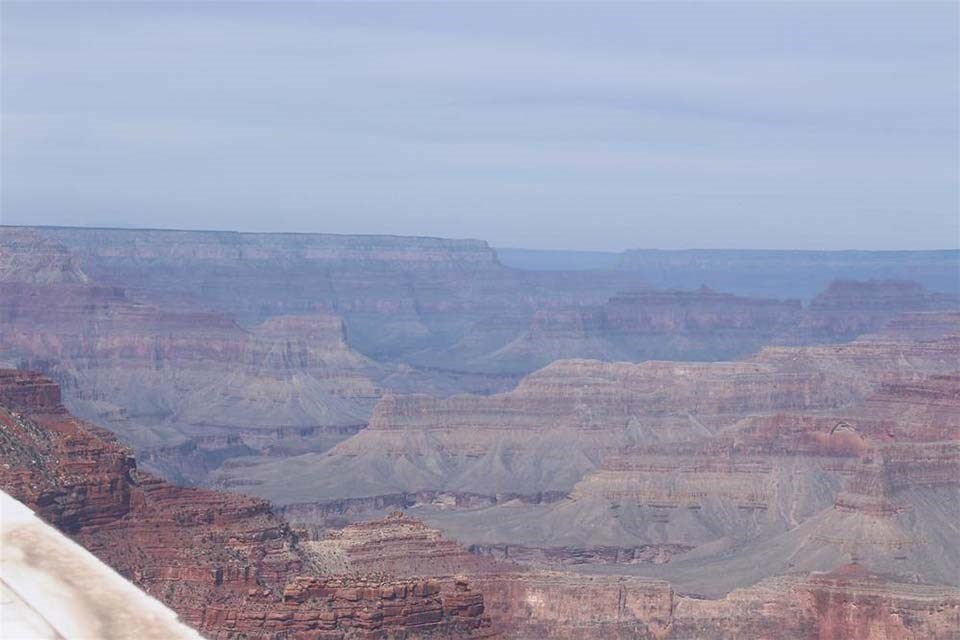
On a good visibility day, visitors may see up to 225 miles across the canyon. However, on a bad visibility day, that distance can drop to just 61 miles. This is a stark reminder of the challenges posed by air quality issues in this protected environment. This dramatic reduction in visibility highlights the ongoing need to address air quality concerns within the park.

Everglades National Park, Florida
Its low elevation, subtropical climate, and iconic animals make the Everglades a unique national park. Located in southern Florida and surrounded by sea on three sides, the Everglades is already experiencing changes due to a warming climate and sea level rise.
As the sea level rises, it increases the salinity of groundwater and soils, which many Everglades species rely on. As a result, freshwater habitats such as freshwater pine forests will shrink and be replaced by saltwater species such as mangroves. Warmer temperatures and increasing inland water salinity will also shift the range of Florida’s wildlife.
The Everglades are particularly vulnerable to changes in water quality and quantity, driven by increased risks of drought and alterations in precipitation patterns. In coastal regions like southern Florida, the natural balance between freshwater and saltwater is increasingly disrupted by rising sea levels, leading to the infiltration of saltwater into vital groundwater resources.
What You Can Do
To safeguard these unique and fragile ecosystems, it’s essential for everyone to get involved in conservation efforts. The challenges posed by climate change make it clear that preserving these lands for future generations requires collective action.
Help ensure that our public lands continue to be beautiful places for all to enjoy by taking part in National Public Lands Day (NPLD)—the nation’s largest single-day volunteer effort for public lands.
Held annually on the fourth Saturday in September, National Public Lands Day strengthens the bond between people and the environment, inspiring environmental stewardship. Hundreds of events are held all over the country each year. You can find NPLD volunteer events at these national parks, as well as other public lands in your area, using NEEF’s interactive NPLD event map. NPLD is also a "Fee-Free Day" at national parks, waiving entrance fees for visitors and encouraging broader participation from local communities.
Other Ways to Get Involved with Environmental Stewardship
Engaging in environmental stewardship allows you to make a meaningful difference in protecting our planet. Here are some impactful ways to get involved in contributing to a healthier environment:
- Make a positive impact on the environment while gaining skills and experience by volunteering outdoors.
- Learn how to save energy and reduce costs at home throughout the year.
- Combat plastic pollution by using reusable items like bottles, containers, and bags.
- Try these upcycling projects at home to make environmental education interactive.
How to Reduce Your Environmental Footprint
Taking action to reduce your environmental footprint is crucial in the fight against climate change. By making mindful choices in your daily life, you can contribute to a healthier planet and a more sustainable future. Here are some impactful ways to start:
- Make environmentally friendly travel choices by using public transportation, carpooling, or accomplishing other errands without your car when possible.
- Follow the principles of reducing, reusing, and recycling.
- Choose energy-efficient appliances for your home.
- Reduce food waste and conserve water.
